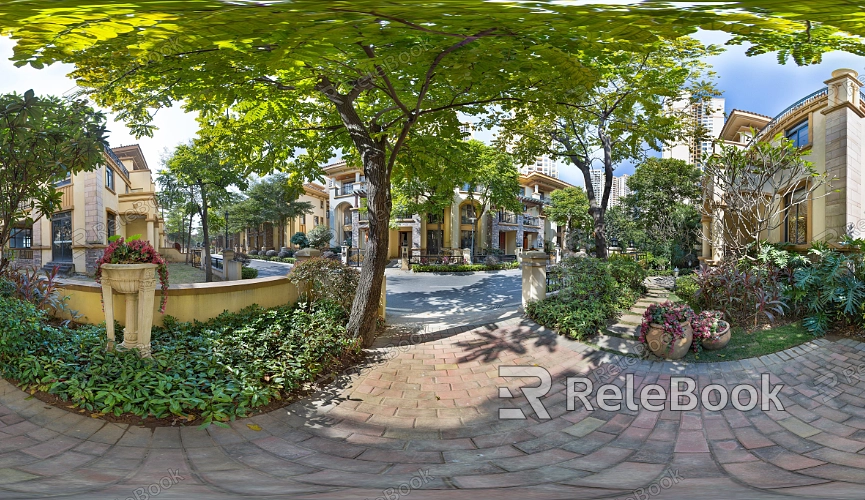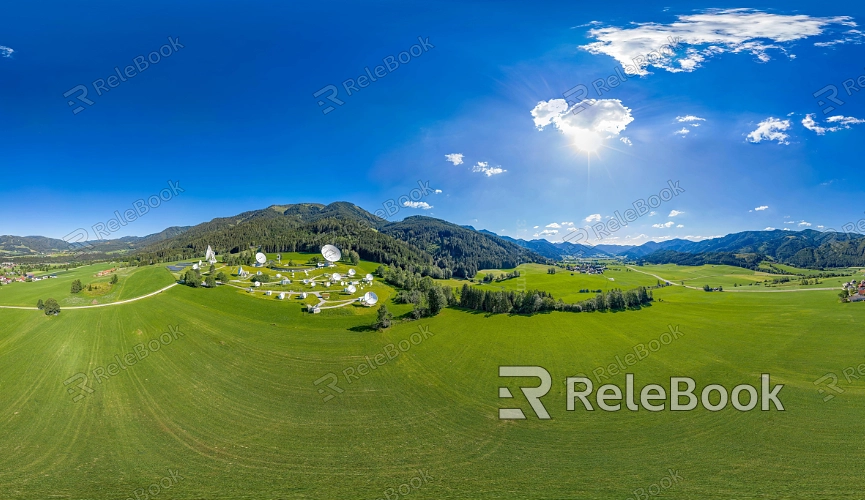How to Adjust HDR Brightness
Adjusting HDR brightness is crucial in 3D modeling and rendering, as it can significantly impact the final visual outcome. HDR files provide a broader range of brightness information for a scene, resulting in more realistic and detailed renderings. Below, we'll explore how to adjust HDR brightness in various scenarios to ensure you achieve the desired effect in your projects.

Understanding the Basics of HDR Brightness
Before adjusting HDR brightness, it's essential to grasp its fundamental concepts. HDR images contain more brightness information than standard images, allowing for the display of details from the darkest to the brightest parts of a scene.
Dynamic Range: HDR images offer a wider brightness range compared to traditional images, capturing the brightest and darkest parts of a scene. This feature makes HDR invaluable for creating realistic lighting in 3D environments.
Gamma Correction: When adjusting HDR brightness, it's important to consider gamma values. Gamma correction can affect the overall brightness and contrast of an image, ensuring it appears as intended.
Choosing the Right Software Tools
Selecting the appropriate software tools is vital for effectively adjusting HDR brightness. Different software offers various control options, catering to diverse needs.
Blender: In Blender, when using an environment map as a light source, you can directly adjust the brightness of an HDR image through the "Strength" parameter.
3ds Max: In 3ds Max, HDR brightness is typically adjusted using Exposure Control, which allows for precise control over the image's brightness and contrast.
Adjusting Brightness Using Exposure Control
Exposure control is a primary method for adjusting HDR brightness, applicable in most 3D software. By modifying the exposure value, you can increase or decrease the overall brightness of an image.
Exposure Value Adjustment: The exposure value (EV) determines the amount of light captured in an image. Increasing the EV can brighten the image, while decreasing it can darken it.
Localized Adjustments: Sometimes, you may only need to adjust a specific part of an image. This can be done using localized exposure control or masking techniques to target specific areas for brightness adjustment.

Utilizing Tone Mapping Techniques
Tone mapping is a technique used to further refine HDR image brightness and contrast, ensuring consistent performance across different display devices.
Localized Tone Mapping: Through localized tone mapping, you can adjust the brightness separately for highlights and shadows in an image, preventing overexposure or underexposure.
Curve Adjustments: Tone curves can be used to finely control the distribution of brightness, ensuring smooth and natural transitions in an image's brightness.
Using Physical Sky Models
In some 3D software, physical sky models can be used to simulate real-world lighting conditions, affecting HDR brightness.
Balancing Sky and Sunlight: By adjusting parameters in the physical sky model, you can balance the brightness of the sky and sunlight, resulting in more natural lighting distribution in a scene.
Automatic Exposure Adjustments: Certain software with physical sky models also offers automatic exposure adjustment features, which can automatically tweak HDR brightness based on scene content, reducing manual adjustment efforts.
Enhancing Effects with Post-Processing
Post-processing is an effective way to further adjust HDR brightness, especially when specific visual effects are required.
Brightness and Contrast Adjustments: Using post-processing software like Photoshop or After Effects, you can fine-tune the brightness and contrast of an image, ensuring the final output meets your expectations.
Multiple Exposure Blending: By combining multiple exposures of an HDR image, you can create a composite image where the brightness of each part is just right.
Testing and Verification
After adjustments, testing and verifying the brightness of your image is essential. Different monitors and output devices may display brightness differently, so it's important to ensure consistency across various devices.
Multi-Device Testing: Test the adjusted image on different devices to ensure brightness and color consistency.
Feedback-Based Adjustments: Based on feedback and test results, further tweak the HDR image's brightness to ensure it meets the desired effect.
In practice, adjusting HDR brightness is a process of trial, error, and refinement. By using the right tools and techniques, you can precisely control the brightness of your images, making them perform well under various lighting conditions. This process not only enhances the quality of the final render but also increases the visual impact of your work. If you're interested in exploring more about HDR and 3D modeling, Relebook offers a wealth of resources and tutorials waiting for you to discover.

